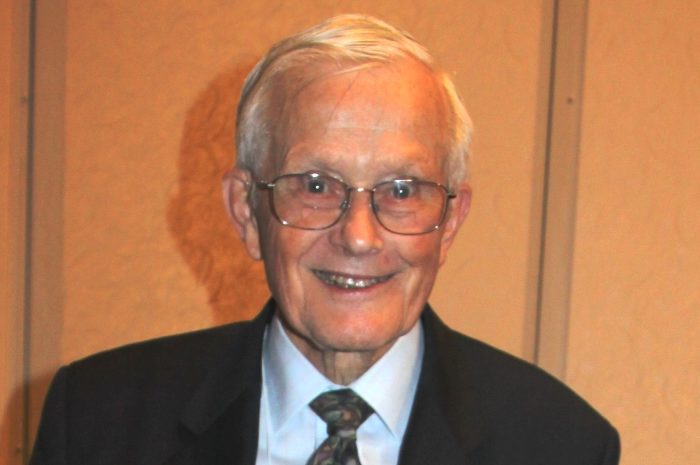We Have Been Here Before

I was on the standing committee in September of 2003 when Bishop Hughes announced his intention to retire at the end of 2004. I became the president of the standing committee the following February. Bishop Hughes introduced the committee to Bishop Clay Matthews, the executive director of pastoral development for the Episcopal Church. Bishop Matthews met with us and went over all of the steps necessary to call the new bishop. And we were off on our own.
The standing committee invited all members of the diocese to apply for a role on the nominating committee or the transition committee. From the parishioners who asked to be considered, the standing committee selected clergy members and lay members in equal numbers. The goal was to have only one member from a parish. However, we did have a clergy member and a lay member from the same parish in two cases, nominated by their rectors who were members of the standing committee. We had two Hispanic members and one African-American member to have an inclusive representation. The standing committee appointed the Rev. Tom Philips to be the president; the committee did an excellent job.
The nominating committee sent the diocesan profile out to the whole Episcopal Church and requested nominations of people to be our next bishop. We received 37 nominations. The committee made telephone interviews with all nominees, who were from conservative and liberal church backgrounds. Suzanne Foucault, as a diocesan consultant, did an excellent job of helping the committee develop an approach that rated all of the nominees. The committee then visited the ten semi-finalists. It selected five excellent finalists and made their names public. Subsequently three other priests, two of them local, petitioned to have their names also considered, and they were.
During October the nominees and petitioners met in several parishes for a walkabout visit with parishioners. The nominating convention met on November 13 and after three ballots the Rev. Canon Jim Mathes was declared the new bishop by a narrow vote. Bishop Hughes called Jim from the convention floor to congratulate him.
The Rev. Sean Cox headed up the transition committee, who did an excellent job of arranging all the details for welcoming the new bishop into San Diego. The process went well, thanks to the advice of our consultants. It was nice to be a part of it and see such a great outcome.
The whole bishop selection cycle has many parts that need to come together in a timely manner. At the beginning of the search a realistic timetable must be established and it must be followed by everyone.
With Bishop Hughes remaining in place throughout the selection process, we didn’t have a vacancy in the office, as will happen this time with Bishop Mathes resigning on July 1. This will be the major change in the transition process this time. However, I don’t expect that this will present significant problems. Bishop Mathes has developed a strong team and our diocese is in good shape. A part-time assisting bishop will perform those roles that only a bishop can do such as confirmations. The Rev. Canon Nancy Holland, other members of the bishop’s staff, the standing committee and the diocesan executive council will continue to ensure that the diocese continues to function successfully.
This coming period of change is an excellent opportunity for all of us to take a fresh look at our diocese, how it helps our own parishes in our walk with the Lord, and what would we like to see in our new chief pastor. There will be many opportunities to volunteer to be a part of the process and to help guide our search. After the nominating committee has been announced, communicate with the members about any ideas that you have. Attend a walkabout and get to know the nominees. Let your delegate to the bishop selection convention know of your preferred choice. +